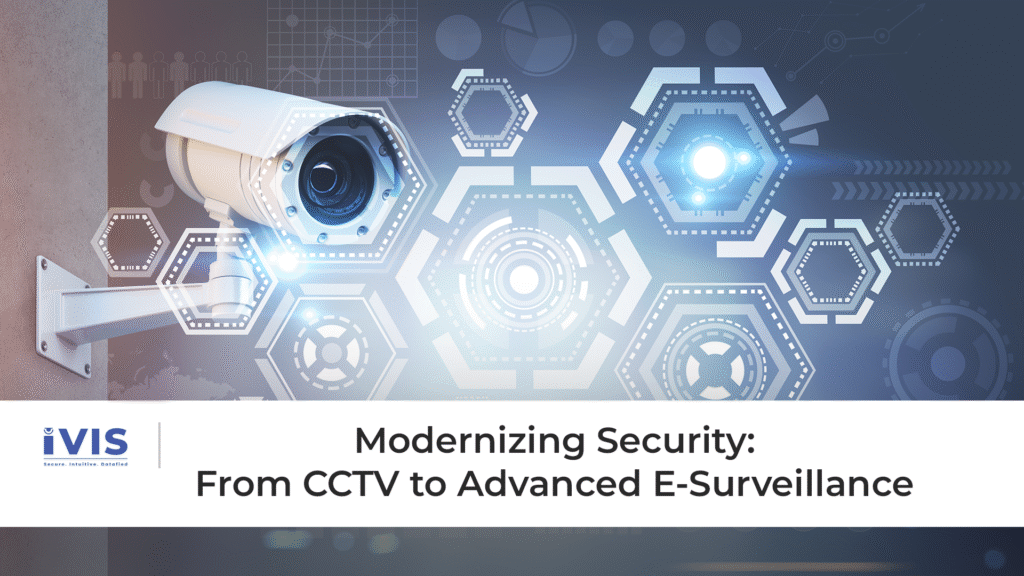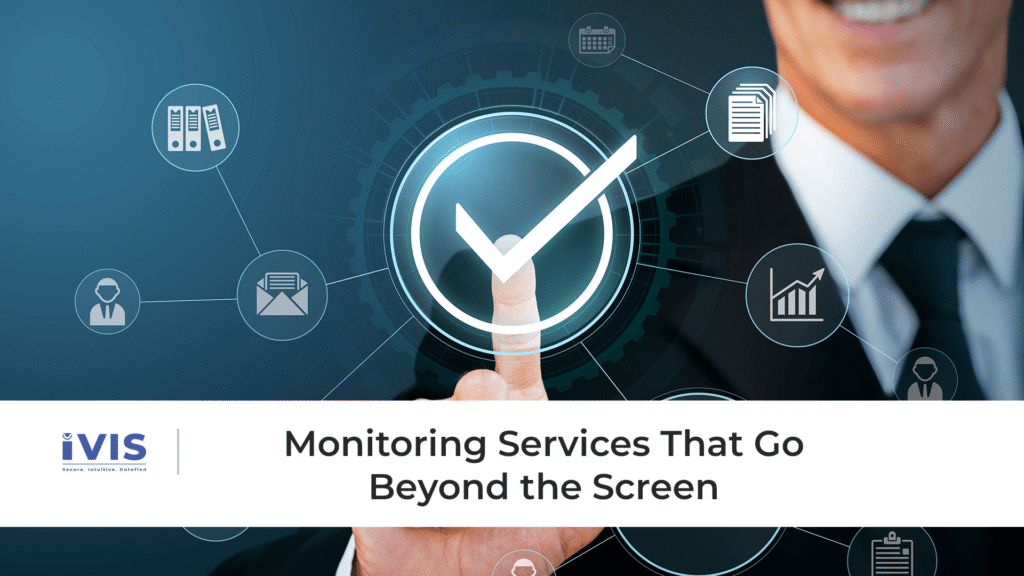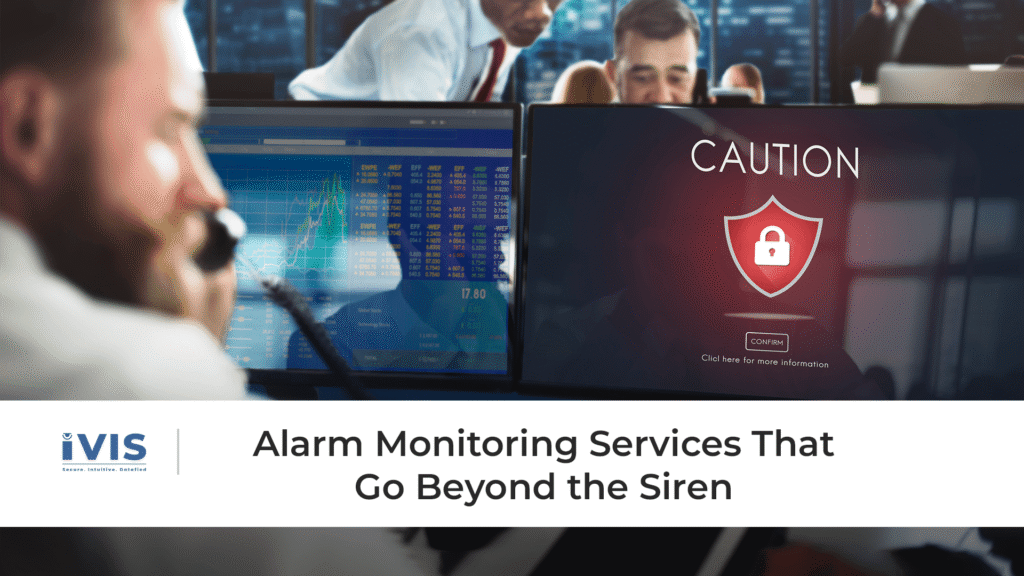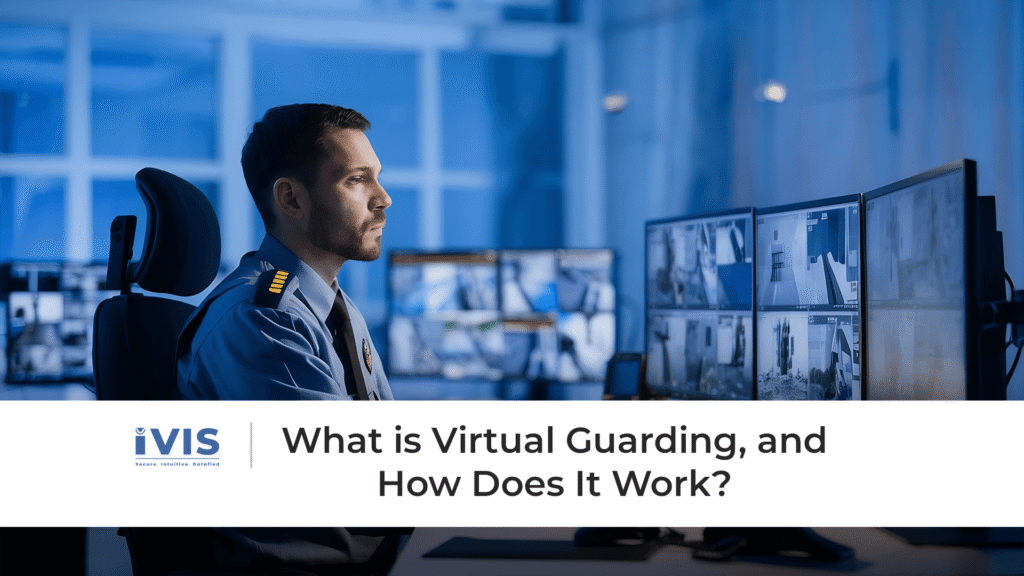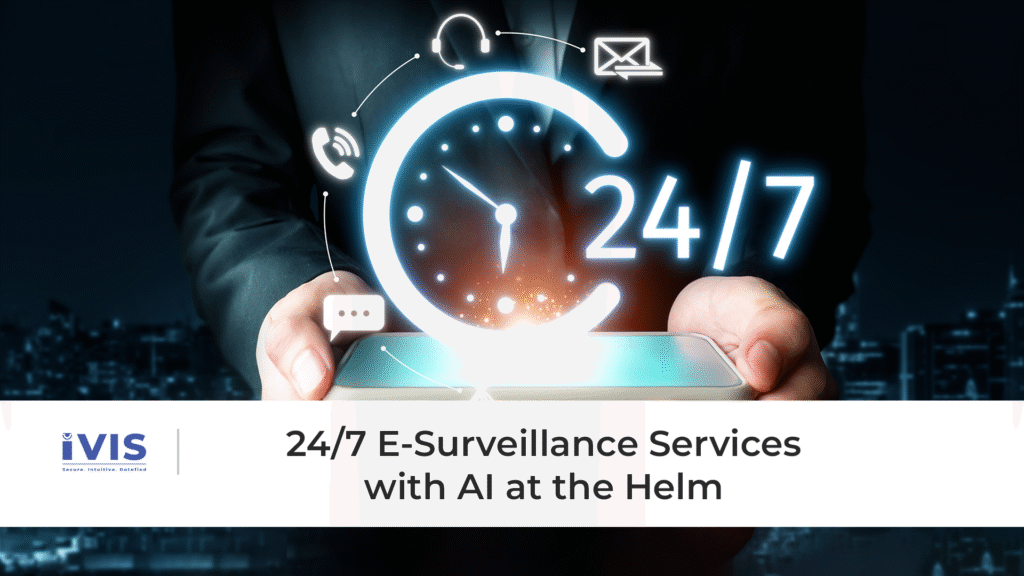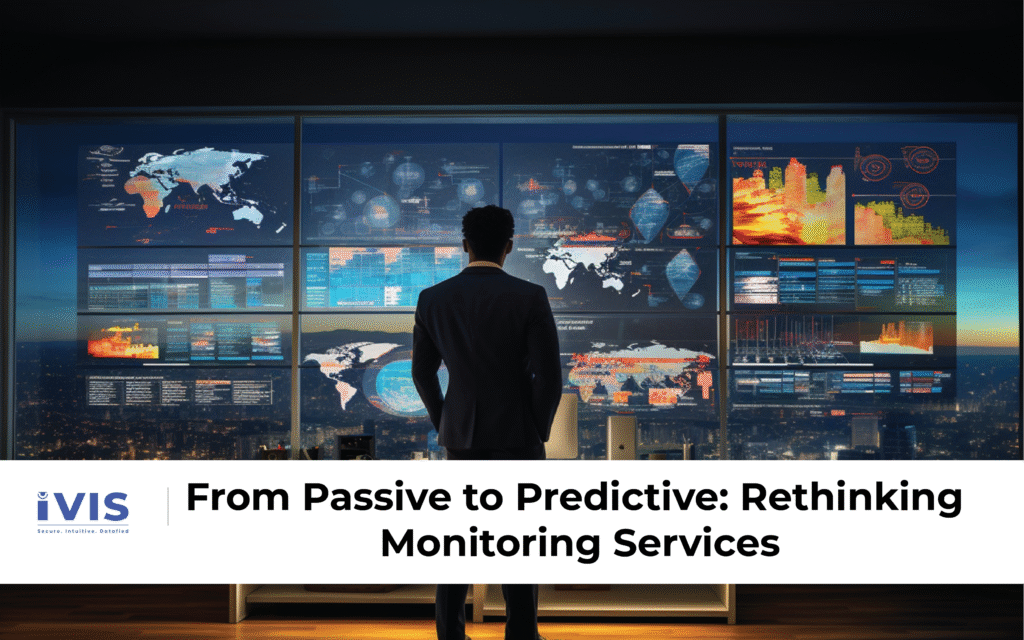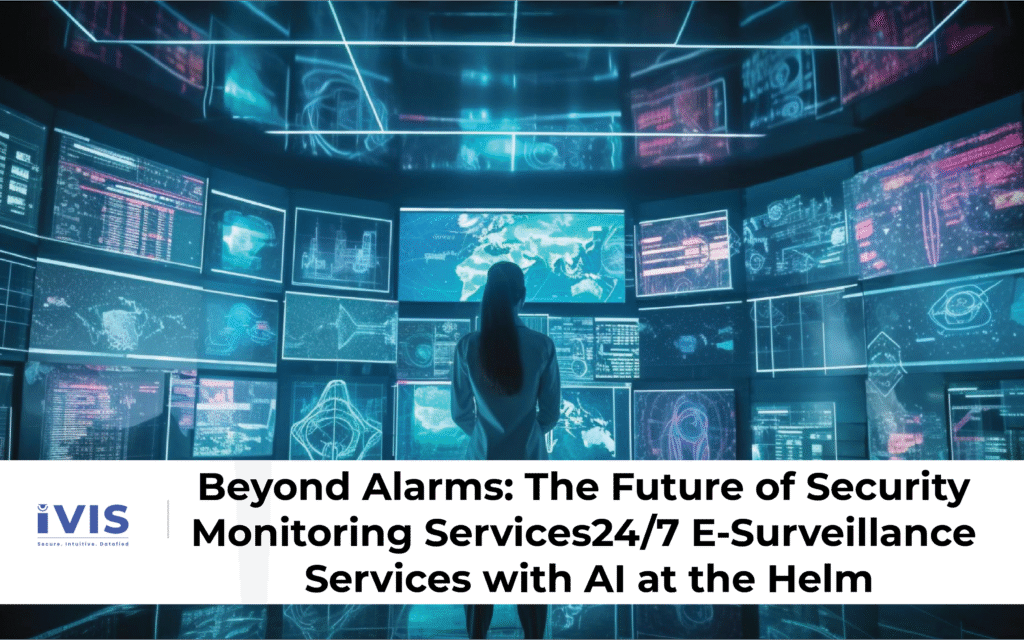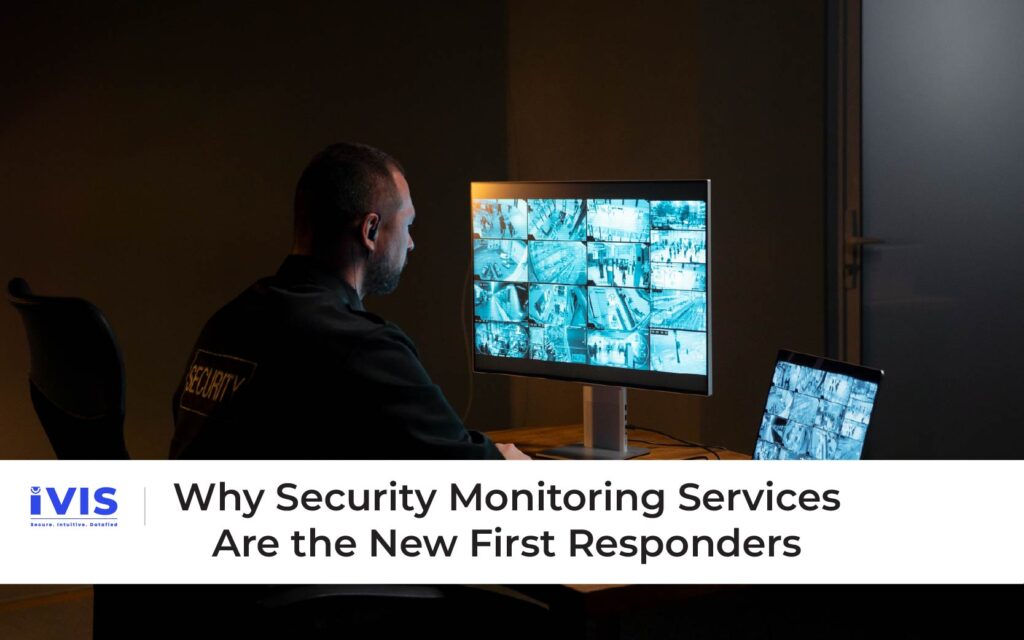Modernizing Security: From CCTV to Advanced E-Surveillance
Modernizing Security: From CCTV to Advanced E-Surveillance For decades, CCTV systems have served as the foundation of physical security. These systems have traditionally provided situational awareness, acted as a deterrent to potential threats, and offered valuable forensic evidence in the aftermath of incidents. However, with the emergence of more complex security challenges, organizations are recognizing the limitations of conventional surveillance. This realization is fueling the transition to advanced e-surveillance. Advanced e-surveillance is a forward-looking approach that combines intelligent monitoring, real-time analytics, and proactive threat response to provide a higher level of protection. It leverages artificial intelligence (AI), remote monitoring, edge computing, and cloud-based analytics to enable real-time detection and response, delivering advanced and effective security solutions. Advanced e-surveillance represents a shift in tools and a transformation in how security is conceptualized, delivered, and managed. The Limitations of Traditional CCTV CCTV systems have long played a valuable role in securing commercial and residential spaces. However, they come with several limitations: Reactive, Not Proactive: Traditional CCTV cameras primarily serve as passive recording devices. They capture footage, but they do not prevent incidents or respond to threats as they occur. Human Dependency: Effective surveillance requires constant human monitoring, which is resource-intensive and prone to fatigue and error. Delayed Response: Footage from standard CCTV is often reviewed after an incident, making it useful for investigation but not for real-time prevention. Limited Integration: Older systems are often standalone, lacking integration with alarms, sensors, or automated response tools. As a result, CCTV alone no longer meets the evolving security needs of modern organizations. Businesses now require surveillance solutions that are real-time, scalable, and intelligent. The Emergence of Advanced E-Surveillance Advanced e-surveillance bridges the gap between traditional monitoring and next-generation security intelligence. It is an integrated approach that combines smart cameras, remote access, and AI-powered analytics to enhance surveillance capabilities. Centralized command centers enable proactive threat detection and real-time incident response for more effective security management. Unlike conventional systems, advanced e-surveillance solutions are dynamic, automated, and scalable. They utilize sophisticated algorithms to monitor activity, recognize patterns, detect anomalies, and generate timely alerts. Key Components of Advanced E-Surveillance To understand the value of advanced e-surveillance, it is essential to explore its core components and technologies. These elements work together to create a comprehensive, intelligent security framework that enhances situational awareness and enables rapid response. By integrating advanced tools and technologies, advanced e-surveillance transforms conventional monitoring into a proactive and responsive security solution. 1. AI-Enabled Video Analytics At the heart of advanced surveillance is artificial intelligence. AI-powered systems can identify behaviors such as loitering, trespassing, crowd formation, or unauthorized access. These capabilities allow the system to distinguish between normal and suspicious activity and take appropriate action instantly. AI also significantly reduces false positives by filtering out harmless movements such as animals, wind-blown objects, or shadows, which often trigger unnecessary alerts in traditional systems. 2. Edge Computing Edge computing enables cameras and devices to process data locally rather than relying entirely on centralized servers. This approach reduces latency and enables faster detection and response to potential threats. It also ensures that critical alerts and deterrent actions, such as sounding alarms or activating lights, occur in real-time, even during connectivity interruptions. By processing video streams at the source, edge-enabled devices can respond more efficiently and minimize bandwidth usage, a key factor for large or remote deployments. 3. Remote Command Centers A hallmark of advanced e-surveillance is the centralization of monitoring. Command centers staffed by trained security professionals can oversee multiple sites simultaneously through live video feeds and intelligent dashboards. These teams can assess alerts, verify threats, and coordinate real-time responses across locations. This centralized model also improves situational awareness and enables faster escalation when intervention is required. 4. Integrated Deterrent Tools Modern surveillance systems feature deterrent mechanisms such as sirens, strobe lights, and two-way audio communication. These features allow virtual guards to issue live voice warnings to intruders, often preventing crimes before they occur. 5. Cloud Connectivity and Mobile Access Advanced systems store data securely in the cloud. This enables stakeholders to access footage, alerts, and reports from anywhere, at any time. Mobile applications extend this convenience to smartphones and tablets, allowing managers to stay informed and responsive. Cloud integration supports seamless system updates and remote diagnostics. It also enables scalability, making advanced e-surveillance ideal for growing businesses or multi-site operations. Why Organizations are Making the Shift As security threats become more sophisticated and operational demands increase, organizations are rethinking traditional surveillance methods. Advanced e-surveillance offers an intelligent, more responsive alternative tailored to today’s dynamic environments. Several factors are driving the widespread adoption of advanced e-surveillance: Cost-Effectiveness: While initial investments may be higher than traditional CCTV, the long-term return on investment is greater due to reduced personnel costs, fewer false alarms, and minimized losses from criminal activity. Scalability: Advanced systems can be expanded or reconfigured easily, making them ideal for dynamic environments like retail chains, industrial facilities, or smart cities. Real-Time Response: The ability to intervene during an incident rather than after significantly improves outcomes and deters criminal behavior. Regulatory Compliance: Many sectors now require more comprehensive data protection and surveillance practices. Advanced solutions support these mandates with secure data handling and automated logging. Statista reported that global video surveillance will exceed USD 93 billion by 2027. This highlights the growing demand for integrated, intelligent security systems worldwide. Use Cases Across Industries Advanced e-surveillance is not limited to a single sector. Its flexibility and scalability allow it to serve a broad range of industries: Retail: Reduces theft, monitors customer flow, and ensures safety in high-traffic areas. Construction: Secures expensive equipment and materials on unattended job sites. Healthcare: Monitors restricted areas, protects patients, and ensures compliance. Education: Enhances campus security, monitors entry points, and prevents vandalism. Logistics and Warehousing: Tracks vehicle movement, monitors perimeters, and improves inventory security. Residential Communities: Offers peace of mind to residents through proactive monitoring and automated gate controls. The Road Ahead: Predictive and Autonomous Surveillance The future of security lies in reacting to incidents, predicting, and

